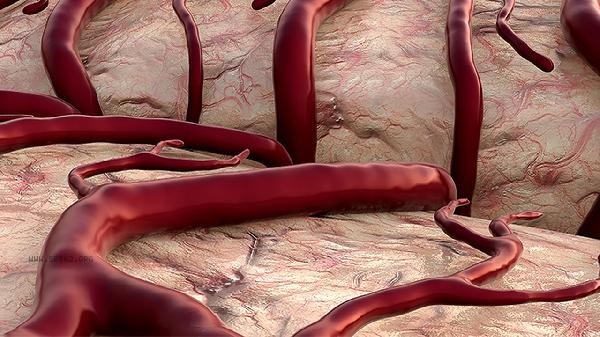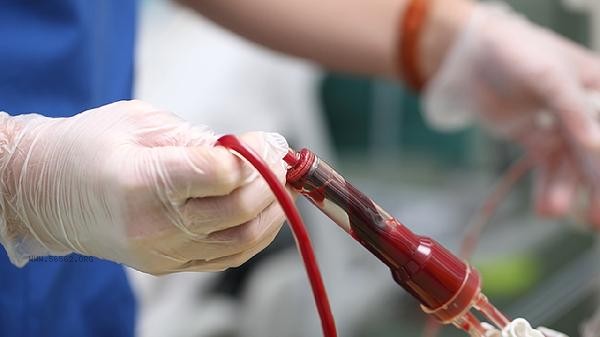Capillary telangiectasia is mainly characterized by visible red or purple fine line like vasodilation on the surface of the skin. Common symptoms include facial flushing, skin burning sensation, vascular network distribution, local bleeding tendency, and skin sensitivity. Capillary dilation may be related to genetic factors, long-term exposure to ultraviolet radiation, changes in hormone levels, chronic inflammatory stimulation, and increased fragility of the vascular wall.

1. Facial flushing:
Facial flushing is a typical early manifestation of telangiectasia, often induced by temperature changes, emotional fluctuations, or spicy diets. The patient has temporary or persistent erythema in the cheeks, nose and other areas, accompanied by a feeling of skin fever. Some patients may develop persistent erythema, which is the initial manifestation of rosacea.
2. Vascular network distribution:
Branches or spider like dilated capillaries with a diameter of 0.1-1 mm can be seen on the surface of the skin, which fade when pressed. It is more common on the face, especially around the nose, lower limbs, and chest. Prolonged standing can worsen symptoms due to increased venous pressure in the lower limbs. The degree of vascular dilation is positively correlated with the progression of the disease.
3. Skin burning sensation: About 60% of patients report a burning or stinging sensation in the affected area, especially after exposure to sunlight or alcohol. This discomfort arises from the mechanical stimulation of nerve endings by dilating blood vessels, as well as the release of local inflammatory mediators. Severe symptoms can affect sleep quality.

4. Local bleeding tendency:
Fragile dilated blood vessels are prone to rupture due to minor trauma, manifested as punctate bleeding or bruising, commonly seen in patients with lower limb venous hypertension. After bleeding, deposition of hemosiderin may occur, leading to a change in skin color. Repeated bleeding areas may lead to secondary skin atrophy.
3. Skin sensitivity:
The skin barrier function in the affected area is impaired, and it reacts excessively to external stimuli, manifested as dryness, flaking, itching, or tightness. Daily contact materials such as cosmetics and cleaning agents can easily cause contact dermatitis, forming a vicious cycle. Some patients have coexisting rosacea like papules and pustules. Patients with telangiectasia should avoid excessive cleaning, high temperature environments, and alcohol intake. It is recommended to use physical sunscreen to protect the skin barrier. Increasing the intake of vitamins C, K, and anthocyanins in diet can help enhance vascular elasticity, such as blueberries, kiwis, spinach, etc. Patients with obvious lower limb symptoms can improve venous return by using elastic socks and raising the lower limbs for 15 minutes daily. If accompanied by persistent inflammatory reactions or skin ulcers, seek medical attention promptly for laser treatment or injection of sclerosants.









Comments (0)
Leave a Comment
No comments yet
Be the first to share your thoughts!